Laura Linney plays the role of crime writer Patricia Highsmith in the new stage drama “Switzerland,” by Joanna Murray-Smith, at the Geffen Playhouse in Westwood. The play opens Friday and runs through April 19.
Highsmith (1921-1995), a Texas-born novelist and short-story writer, was much admired in Europe and is considered part of the Existentialist tradition started by Dostoyevsky, Conrad, Kafka and Camus. Alfred Hitchcock’s 1951 film adaptation of her novel, “Strangers on a Train,” which she published in 1950, put her career on the fast track.
In the play, Highsmith is near the end of her life and residing in the Swiss Alps. A visit from a young American man (played by Seth Numrich) sets the drama in motion.
“There’s something sort of exotic about [doing theater in Los Angeles],” Linney told the LA Times.
The Geffen Playhouse is at 10886 Le Conte Ave. in Westwood.
Also starting Friday in Westwood: The Crest Theater, in association with Emerging Pictures, will present the 20th annual Rendez-Vous with French Cinema – a first-time look at some of France’s most exciting modern cinema. Rendez-Vous runs through March 19.
The Crest Theater is 1262 Westwood Blvd.
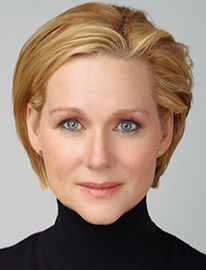





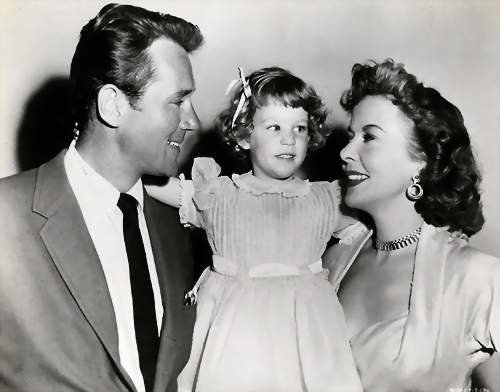
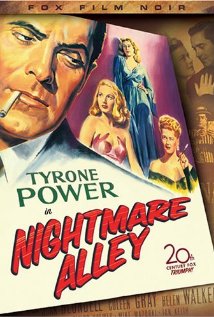
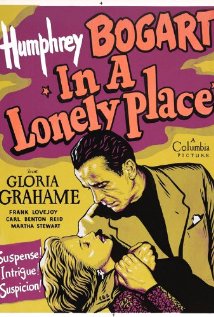
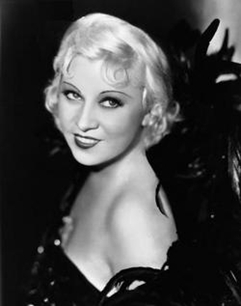
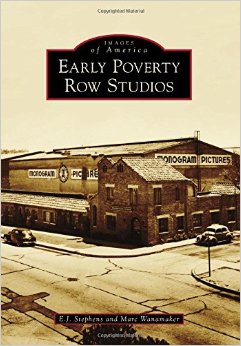
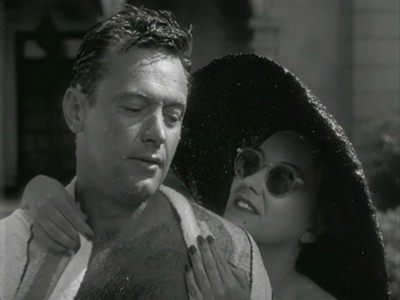
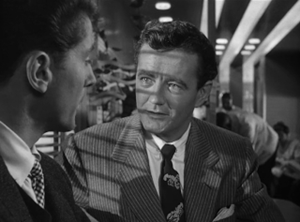
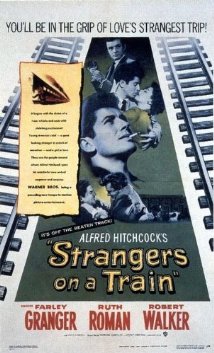

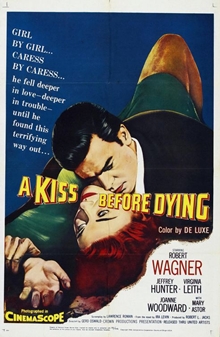
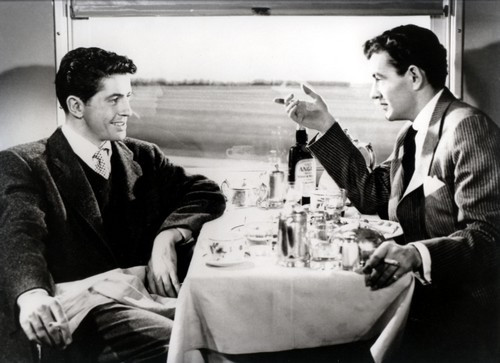
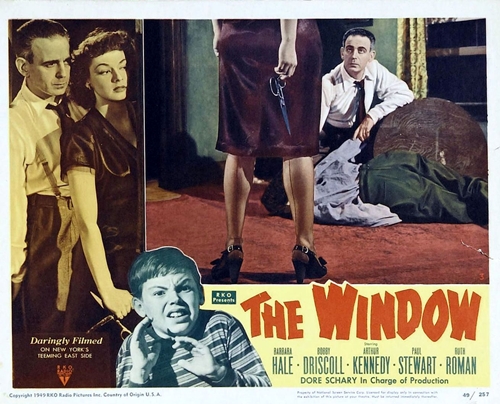
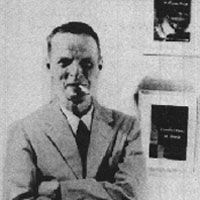
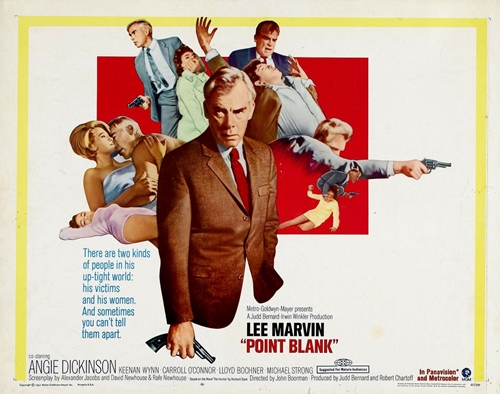
![bogie and bacall[1]](http://www.filmnoirblonde.com/wp-content/uploads/2012/08/bogie-and-bacall1.jpg)
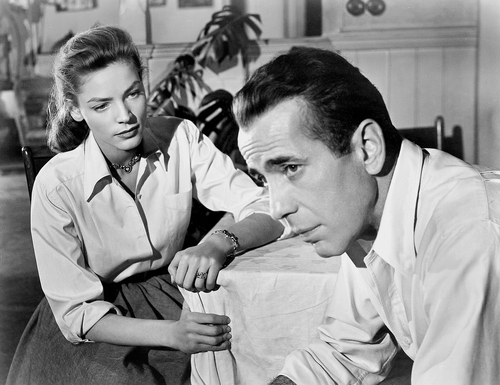
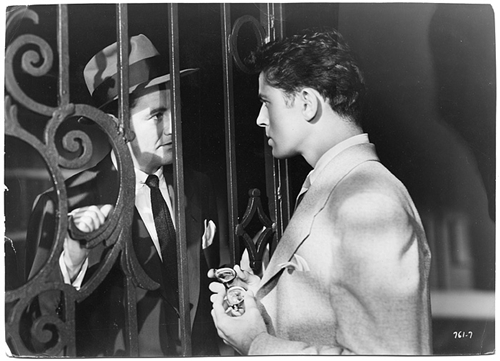
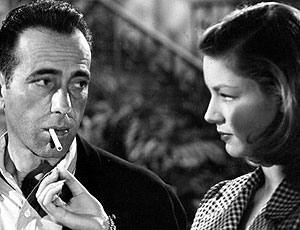

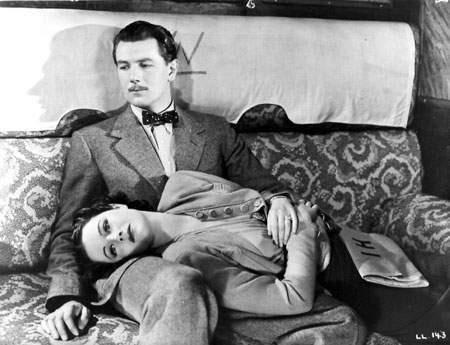
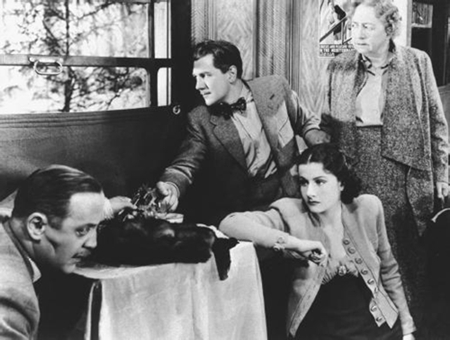
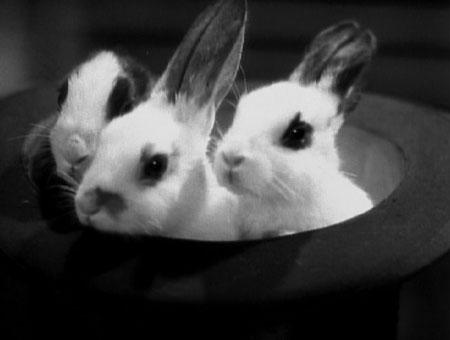





From FNB readers